Subaru Crosstrek Hybrid To Appear in L.A.

The stereotypical Subaru customer has always been overly concerned with Johnny Polar Bear, so it’s been a bit of a surprise that the company hasn’t had a plug-in hybrid offering in their lineup.
That changes next year, with the introduction of the 2019 Crosstrek Hybrid. Subaru must be employing a few wizards in the engineering department because despite the new hybrid producing less power and weighing more (a lot more), the company is claiming the electrified Crosstrek is a full second quicker to sixty than the standard car.
It’s a tough claim to figure out, at least for this decidedly non-engineering minded human. If someone else has a different take, please chime in.
Subaru says the hybrid will make a total system output of 148 horsepower, with the gasoline engine good for 137 horses and 134 lb-ft of torque, peaking at 5,600 and 4,400 rpm respectively. The electrified bits are said to contribute 118 horsepower and 148 lb-ft of twist. Its curb weight bends the earth to the tune of 3,726 lbs.
Compare those stats to the standard car, a unit which weighs as little as 3,113 lbs. Its 2.0-liter fuel-swiller makes 152 horsepower at 6,000 rpm and 145 lb-ft of torque at 4,000 rpm.
Armchair bench racers will point to the inherent ability of an electric motor to provide peak torque at almost zero rpm as the reason why the hybrid version outscoots the gas-powered car. This is certainly true, and Subaru points out in the spec sheet that the motor generators provide all 148 lb-ft of torque from rest to 1,500 rpm. Still, it’s tough to imagine such a marked improvement in acceleration given all that extra weight. We look forward to driving one and experiencing it for ourselves.
Electrification comes from a series-parallel plug-in hybrid system combining gasoline engine and two electric motor generators. The 2.0-L boxer-four remains on board, as does the Lineartronic CVT which integrates the motor generators in this application.The hybrid battery is a 8.8-kWh lithium-ion unit that can be fully charged in a couple of hours using a 240v power source. It’ll take five hours from a standard plug.
Digging into the spec sheet reveals the hybrid has larger rear brake discs than the standard car, 11.2-inch vented units vs 10.8-inch solids, perhaps to handle the extra 500 lbs of largesse. Ground clearance is the same (a remarkable 8.7 inches, the Suburban only has 7.9) but approach and departure angles are slightly affected if you care about that sort of thing. Notably, cargo volume shrink from 20.8 cubic feet to just 16.9 cubes.
Priced at $34,995 plus $975 for destination and delivery, the 2019 Crosstrek Hybrid will arrive at dealers later this year.
Images: [Subaru]

Matthew buys, sells, fixes, & races cars. As a human index of auto & auction knowledge, he is fond of making money and offering loud opinions.
More by Matthew Guy
Latest Car Reviews
Read moreLatest Product Reviews
Read moreRecent Comments
- Jeff I do think this is a good thing. Teaching salespeople how to interact with the customer and teaching them some of the features and technical stuff of the vehicles is important.
- MKizzy If Tesla stops maintaining and expanding the Superchargers at current levels, imagine the chaos as more EV owners with high expectations visit crowded and no longer reliable Superchargers.It feels like at this point, Musk is nearly bored enough with Tesla and EVs in general to literally take his ball and going home.
- Incog99 I bought a brand new 4 on the floor 240SX coupe in 1989 in pearl green. I drove it almost 200k miles, put in a killer sound system and never wish I sold it. I graduated to an Infiniti Q45 next and that tank was amazing.
- CanadaCraig As an aside... you are so incredibly vulnerable as you're sitting there WAITING for you EV to charge. It freaks me out.
- Wjtinfwb My local Ford dealer would be better served if the entire facility was AI. At least AI won't be openly hostile and confrontational to your basic requests when making or servicing you 50k plus investment and maybe would return a phone call or two.




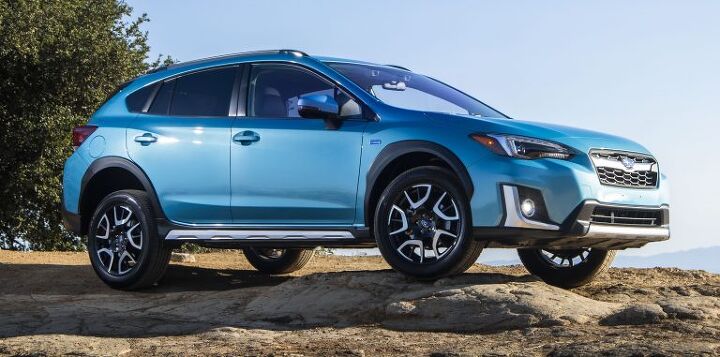


















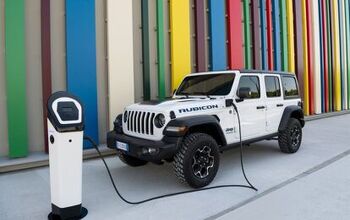
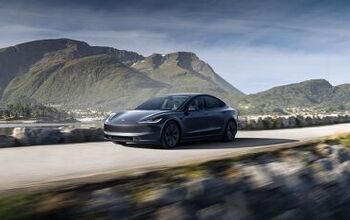
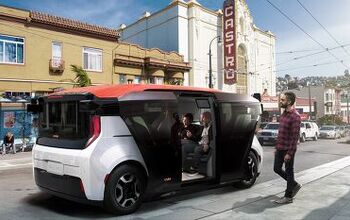

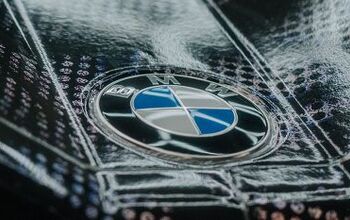
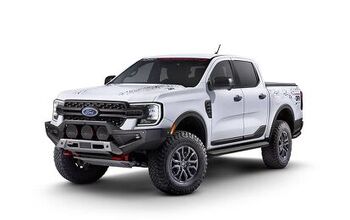
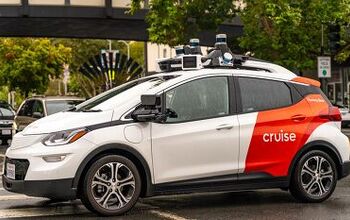
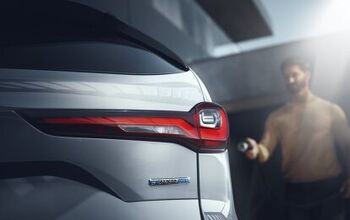
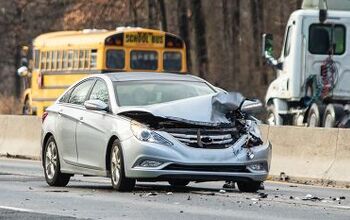
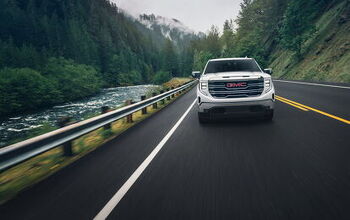
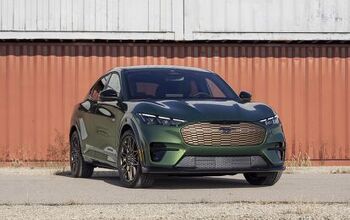
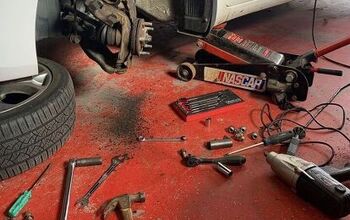
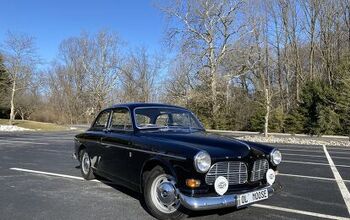
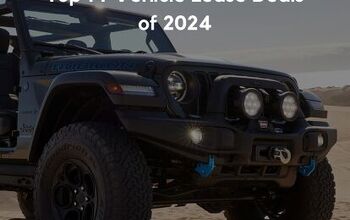

Comments
Join the conversation
The acceleration difference, if it indeed is as they claim in this press release is due to the difference in the area under the curve in engineering speak. Peaks typically don't mean that much though a CVT does increase their importance. Because their peak outputs don't align you get a bit of a double hump curve that has more area under it that the single peak you get out of an ICE by itself. The battery pack's max safe discharge rate also comes into play. The fact that they say that the electric motor has the same torque from 0-1500 rpm indicates that they are limiting the current to the motor until the rpm is high enough that enough back EMF is generated to limit the current.
"The stereotypical Subaru customer has always been overly concerned with Johnny Polar Bear, " Maybe concerned with appearing to care. Until very recently Scoobie mileage was atrocious.